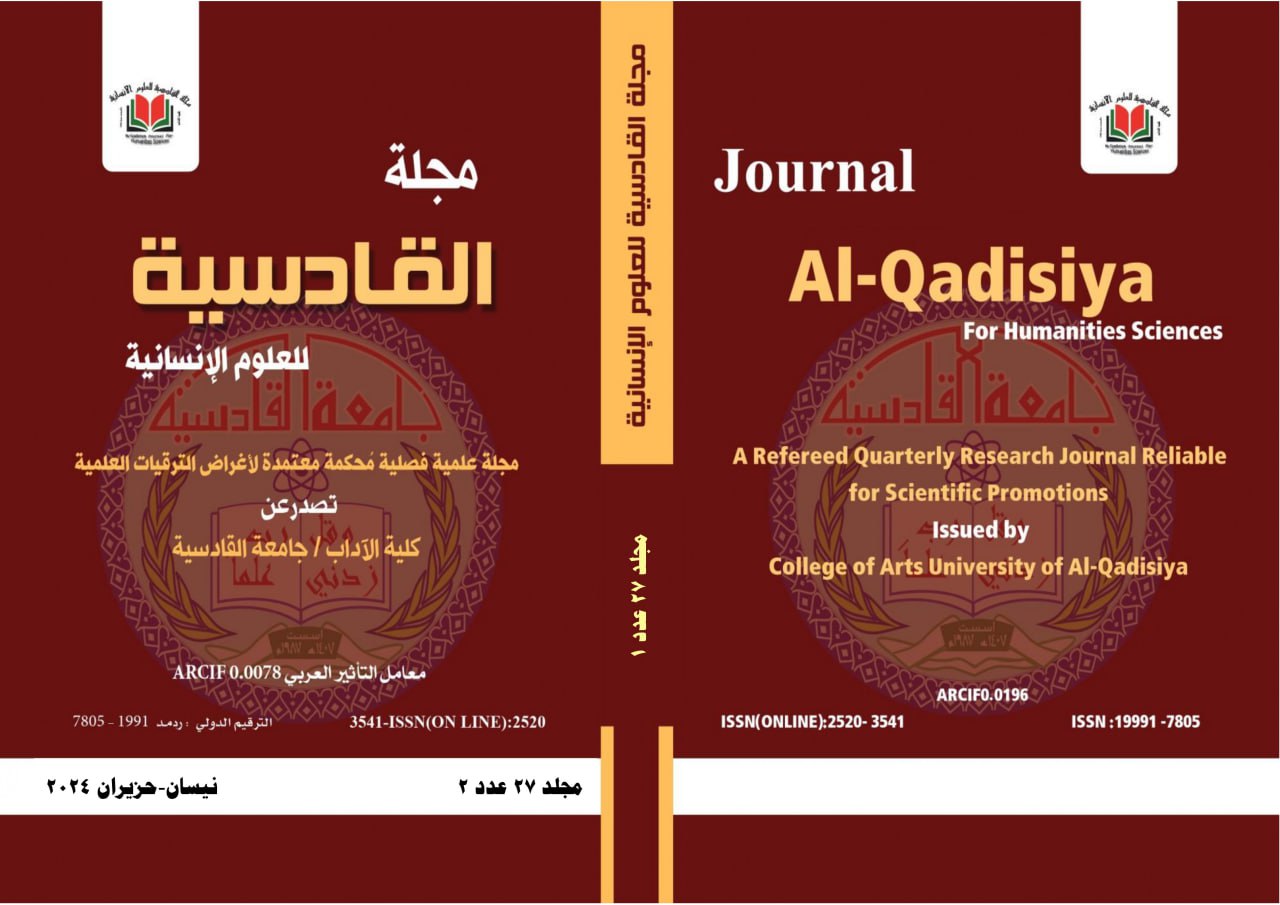Abstract
Corresponding with the new wave of interdisciplinary studies, literary research tries its hand at experimenting with the instruments and findings of Geographical Information Systems (GIS) to stir novel questions and issues in the territorially-oriented literary works. Hence, a recent kind of literary GIS has emerged as a methodology of mapping literature. The maps and geo-data which are produced in the aftermath prove that there are still dark spots/aporias which have not yet been clarified in the oldest classics, Biblical literature, and literary works of all times and all kinds. Of course, not all literary works can be mapped, however GIS can recommend the proximity of visualizing literary texts and inspire new research questions. The GIS-map, which turns to be a substitutive text built on the original written or spoken text, a Derridean 'detour' from the origin which is gradually lost, might be feasible to see if GIS can be incorporated as an integral part of the original text so that no information will remain undiscovered, or it becomes a highly demanding supplement to the original text that both should be studied carefully in the light of each other in order to implement a meaning. Hence, the GIS-map would naturally be a 'writerly' text for the active
Abstract
تماشيا مع الموجة الجديدة التي تجتاح الدراسات المشتركة, يحاول النقد الادبي جاهدا تجريب ادوات ونتائج انظمة المعلومات الجغرافية لاثارة اسئلة وقضايا نقدية جديدة في الاعمال الادبية المبنية على عنصر المكان. لهذا نشاْ نوع جديد من النقد الادبي الجغرافي كطريقة محدثه في تحويل النص الادبي الى خريطة جغرافية. الخرائط وقاعدة البيانات الجغرافية التي ستظهر بالنتيجة تشير الى انه مازالت هناك معاني مبهمه ومجهوله في الادب الكلاسيكي القديم, ادب التوراة, واداب كل عصر وزمن. مما لاشك فيه ان ليس كل نص ادبي يمكن ان يعطى بعدا جغرافيا, ولكن اذا اصبح للنص بعدا صوريا, يتكون لدينا نصا جديدا ممثلا بخريطه ترسمها التفاصيل المذكوره في النص الاصلي يمكن قراءتها كنص تفاعلي جديد يضيء معاني جديدة في النص الاول.
Keywords
Geographical Information
